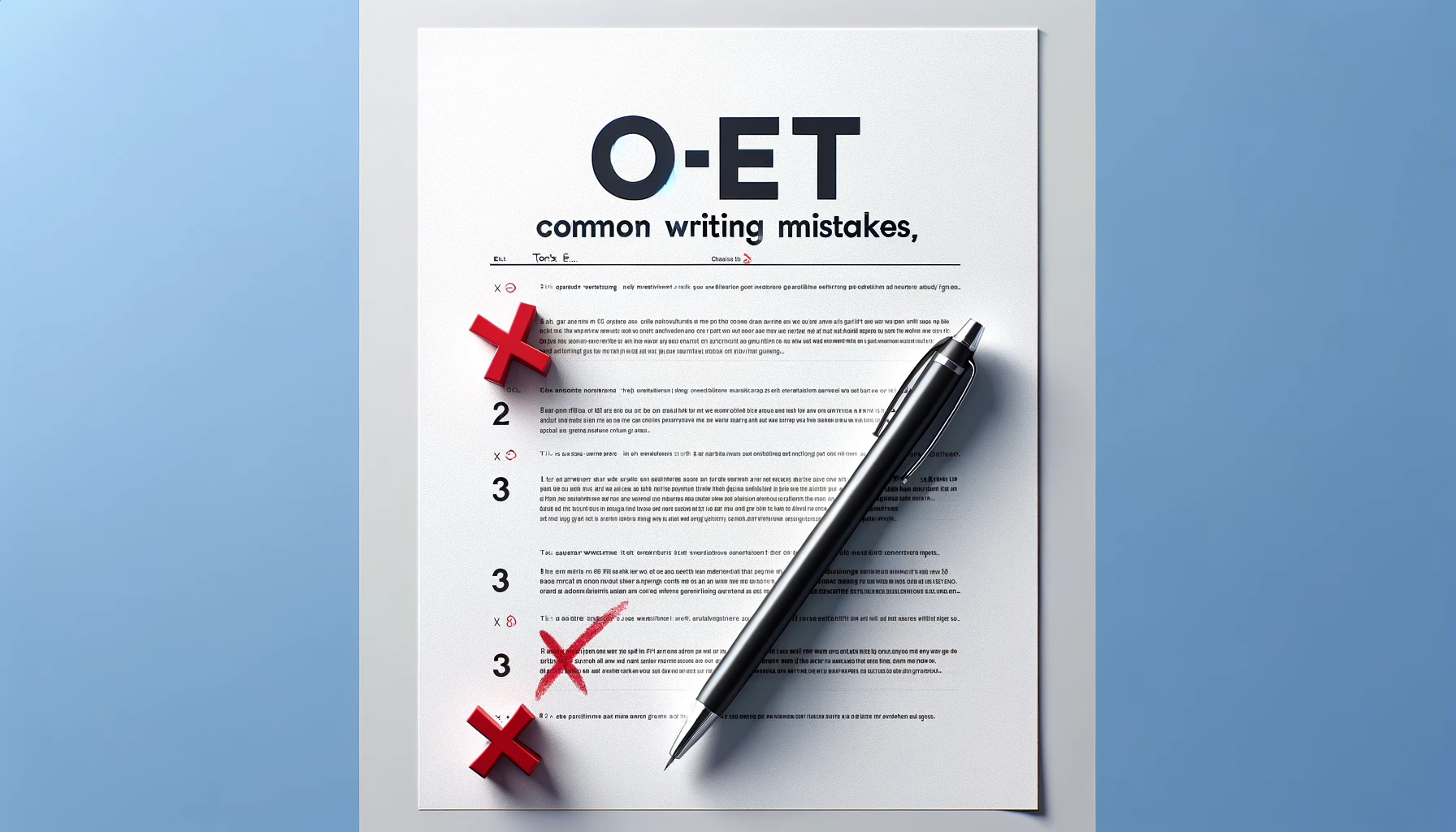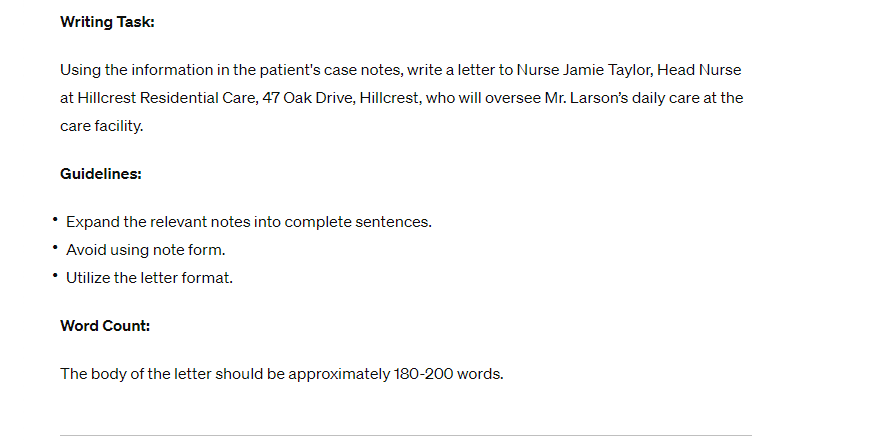When it comes to the Writing sub-test of the Occupational English Test (OET), even the smallest errors can make a significant impact on your overall score. To help you steer clear of some of the most common pitfalls, we consulted our panel of OET Experts to uncover the top three mistakes candidates frequently make. Let’s delve into each one:
1. Misusing ‘Rule Out’
One prevalent mistake we observe is the misuse of the term ‘rule out,’ often to mean ‘confirm.’ In medical contexts, ‘rule out’ actually signifies the act of eliminating or excluding possibilities. However, candidates sometimes inadvertently reverse its meaning.
Example:
Case Notes:
pneumonia – ruled out (X-ray)
Student’s Report:
The patient has pneumonia.
In this scenario, the X-ray indicates the absence of pneumonia, contrary to what the student asserts.
2. Confusing ‘Complaint’ with ‘Compliant’
Another frequent error stems from the confusion between ‘complaint’ and ‘compliant.’ The similarity in spelling often leads to unintended substitutions, potentially altering the intended meaning.
Example:
Case Notes:
medication – taking regularly as per instructions.
Student’s Report:
The patient is complaint with their medication.
The misspelled ‘complaint’ suggests dissatisfaction with the medication, whereas ‘compliant’ conveys adherence to instructions.
3. Confounding ‘Advice’ and ‘Advise’
A common misconception arises from the interchangeable use of ‘advice’ and ‘advise,’ where ‘advice’ is a noun and ‘advise’ is a verb. This confusion can result in grammatical inaccuracies.
Example:
Case Notes:
smoking – methods to quit discussed.
Student’s Report:
The patient was adviced to quit smoking.
Here, ‘adviced’ should be replaced with ‘advised’ to maintain grammatical correctness.
By remaining vigilant and steering clear of these typical errors, you can enhance the clarity and precision of your writing in the OET. For additional preparation tips and resources, be sure to explore the OET blog.
Remember, meticulous attention to detail can significantly improve your performance in the OET Writing sub-test. Practice diligently and strive for accuracy to maximize your chances of success.









Leave a Reply